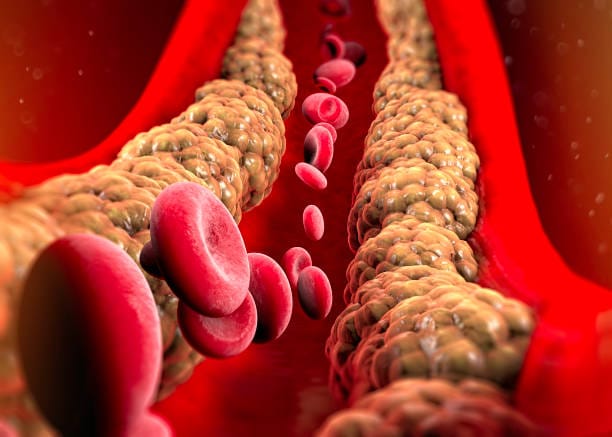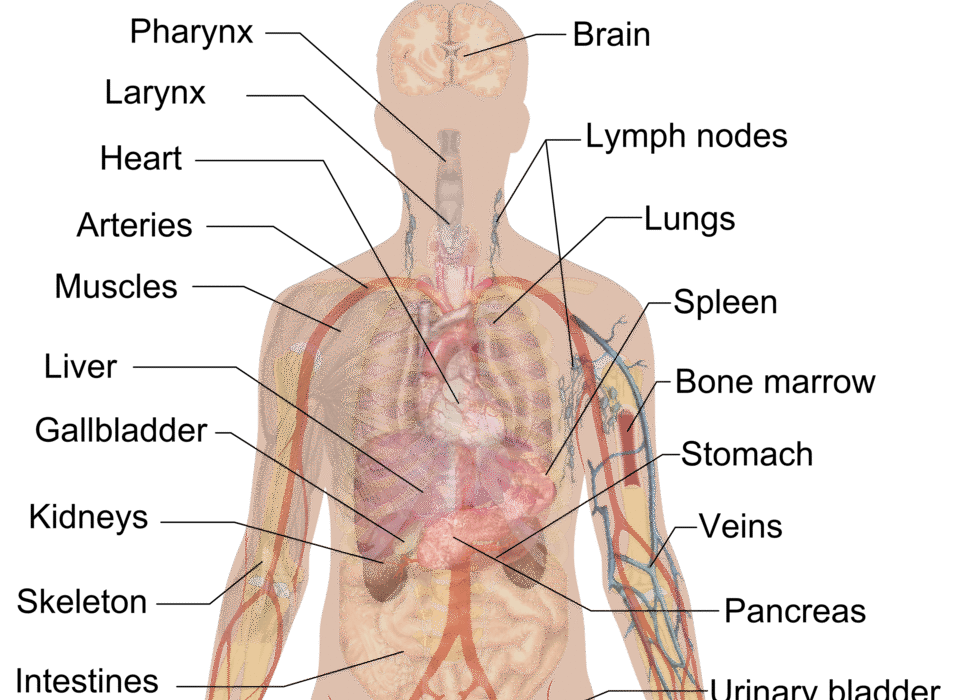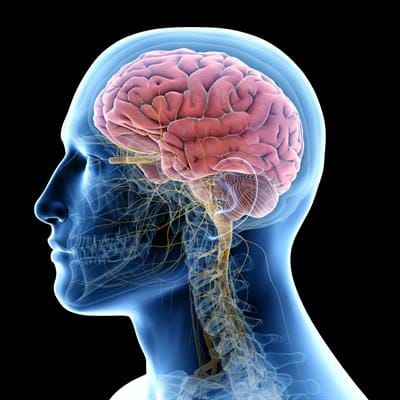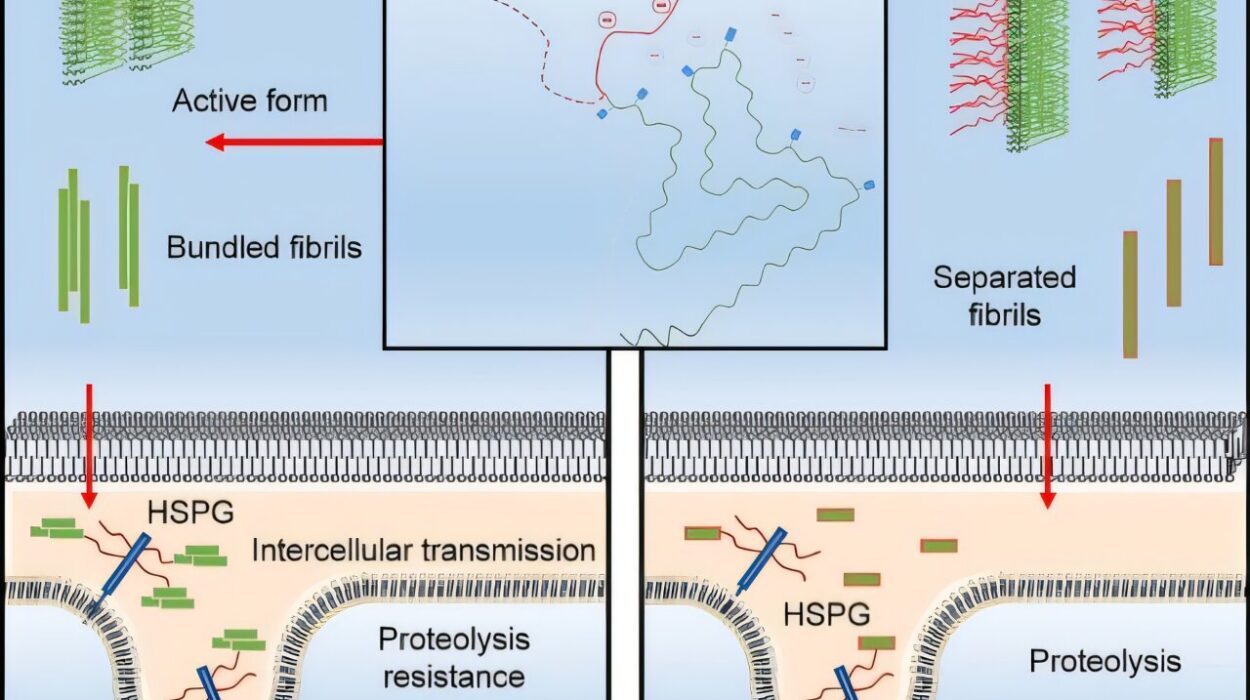Cholesterol is a silent traveler in your bloodstream—odorless, invisible, and tasteless. You don’t feel it coursing through your veins, and it doesn’t scream for attention until damage is already underway. Yet it’s often there, shaping the fate of your heart with every passing heartbeat. Many discover the danger only when it’s too late, after a heart attack, a stroke, or a dire warning from a doctor holding a blood test report.
But cholesterol isn’t the villain it’s often made out to be. In fact, it’s essential to life. Every cell in your body needs it. Your brain depends on it. Your hormones are made from it. The liver works diligently to create and manage it. The real issue arises when there’s too much of a certain type—the so-called “bad” cholesterol, or LDL—swimming in your bloodstream, laying down fatty plaques like time bombs in your arteries.
Fortunately, there’s good news: you have far more power over your cholesterol levels than you may believe. And you can exercise that power without swallowing a single pill.
The Truth About Good and Bad Cholesterol
To understand how to take control of your cholesterol naturally, we first need to understand what it really is. Cholesterol isn’t inherently good or bad; it becomes dangerous based on how it travels in the blood. The molecules that carry cholesterol through your bloodstream are called lipoproteins, and they come in different types.
Low-density lipoprotein (LDL) is the one that earns the nickname “bad cholesterol” because it tends to deposit cholesterol into the walls of arteries, where it can form plaques that narrow and harden them. High-density lipoprotein (HDL), or “good cholesterol,” does the opposite—it helps clear cholesterol from the blood, taking it back to the liver where it can be broken down and eliminated.
The balance between these two types—plus other lipids like triglycerides—determines your cardiovascular risk. Lowering LDL, raising HDL, and controlling triglycerides can significantly reduce the chances of heart disease. But how can this be done naturally, without drugs?
The answer lies not in quick fixes or miracle foods, but in steady, meaningful changes that work with your body’s biology—not against it.
The Deep Influence of What We Eat
Food isn’t just sustenance. It’s information. Every bite you take sends instructions to your body. Eat a greasy cheeseburger and your liver may respond by making more cholesterol. Fill your plate with fiber-rich vegetables, and your intestines begin to bind and excrete cholesterol more efficiently.
Certain types of dietary fats are particularly influential. Saturated fats, found in animal products like butter, red meat, and cheese, tend to raise LDL levels. Trans fats, now banned in many countries but still lurking in some processed snacks and baked goods, are even worse—raising LDL while lowering HDL.
On the other hand, unsaturated fats—especially monounsaturated fats from olive oil and polyunsaturated fats like those in flaxseeds, walnuts, and fatty fish—can help lower LDL and raise HDL. These healthy fats are foundational to diets like the Mediterranean diet, which has repeatedly been shown to reduce cholesterol levels and protect against heart disease.
Then there’s fiber—the indigestible part of plants that plays a surprisingly powerful role in cholesterol management. Soluble fiber, in particular, forms a gel-like substance in your gut that traps cholesterol and prevents it from being absorbed. Foods rich in soluble fiber include oats, legumes, apples, oranges, and barley.
Plant sterols and stanols, found in small amounts in many fruits, vegetables, nuts, and grains, resemble cholesterol so closely that they compete with it for absorption in your digestive system. The result? Less cholesterol makes it into your bloodstream.
When you put these dietary strategies together—not as a temporary diet but as a lifelong way of eating—the impact can be dramatic.
Movement: The Natural Cholesterol Regulator
Exercise is often recommended for weight loss, but its power goes far beyond burning calories. Physical activity can directly influence the type and amount of cholesterol in your blood. Regular aerobic exercise—like walking, jogging, swimming, or biking—can raise your HDL levels and lower LDL, especially the small, dense particles that are most likely to cause arterial damage.
Exercise helps by increasing the activity of enzymes that move LDL from the blood to the liver, where it’s broken down. It also stimulates production of HDL and improves the efficiency of blood vessels. Over time, physical activity improves the way your body metabolizes fats, lowers inflammation, and reduces oxidative stress—all of which are involved in cholesterol imbalance.
You don’t need to become a marathon runner to benefit. Even moderate-intensity exercise—like brisk walking for 30 minutes a day—can yield measurable improvements in cholesterol levels. And the effects are cumulative: the more consistent you are, the more your body adapts in healthy ways.
The Unseen Power of Body Weight
Carrying extra pounds—especially around the abdomen—can raise LDL, increase triglycerides, and lower HDL. Fat cells, particularly visceral fat around the organs, are metabolically active. They release hormones and inflammatory molecules that disturb lipid metabolism and promote insulin resistance.
Losing even a modest amount of weight—5% to 10% of your total body weight—can lead to significant improvements in cholesterol levels. This isn’t about aesthetic ideals or drastic diets; it’s about resetting your body’s internal chemistry.
Weight loss helps your liver process fats more efficiently. It improves your body’s response to insulin and reduces the production of cholesterol in the liver. The best approach is slow and steady, through a combination of healthy eating, regular activity, stress management, and quality sleep.
The Emotional Toll of Stress and the Chemistry of Cortisol
Few people realize the extent to which stress influences cholesterol. When you’re under chronic stress—whether from work, relationships, financial worries, or even internal emotional struggles—your body releases cortisol, a hormone that helps you cope in the short term but wreaks havoc in the long run.
Cortisol increases appetite, promotes fat storage, and alters the way your liver handles fats. It can raise LDL and triglyceride levels, and may even decrease HDL. Stress also tends to push people toward unhealthy behaviors—overeating, smoking, drinking alcohol, or skipping exercise—all of which worsen cholesterol profiles.
Managing stress isn’t just about feeling better emotionally. It’s a physiological strategy for protecting your heart. Mind-body practices like meditation, yoga, deep breathing, and even spending time in nature have been shown to reduce cortisol levels, lower blood pressure, and improve lipid profiles. These practices activate the parasympathetic nervous system—the “rest and digest” mode that helps your body recover and repair.
The Role of Sleep in Lipid Health
Sleep is another deeply underestimated factor in cholesterol management. Poor sleep—whether due to insomnia, sleep apnea, or simply insufficient hours—has been linked to higher LDL, lower HDL, and increased triglycerides.
During sleep, the body undergoes hormonal regulation, cellular repair, and metabolic housekeeping. Disrupted or inadequate sleep interferes with insulin sensitivity and raises cortisol, setting the stage for dysregulated fat metabolism.
Making sleep a priority—establishing a consistent bedtime, creating a dark and quiet environment, and limiting screen time before bed—can improve not just your energy and focus, but your cholesterol levels as well.
Nature’s Pharmacy: Plants That Lower Cholesterol
The natural world is filled with plants that contain powerful compounds capable of influencing cholesterol. Garlic has been shown to modestly lower LDL and triglycerides. Turmeric, rich in curcumin, has anti-inflammatory effects that may support heart health. Green tea contains catechins that help lower LDL, and flaxseed provides both soluble fiber and omega-3 fatty acids.
These aren’t magic bullets, but they offer gentle, cumulative support when used consistently as part of a holistic lifestyle. Herbal teas, spices in cooking, or seed additions to meals are all simple ways to integrate these allies into your daily life.
Of course, not every natural supplement is safe or effective, and some can interact with medications. It’s important to approach plant-based interventions with the same seriousness you would with pharmaceuticals—research thoroughly, consult professionals, and use wisely.
Saying Goodbye to Smoking and the Fog of Alcohol
Smoking is a cholesterol disaster. It damages the walls of your blood vessels, making them more vulnerable to plaque buildup. It lowers HDL and promotes the oxidation of LDL—the form most dangerous to arteries. Quitting smoking has immediate and dramatic benefits: HDL levels rise, and cardiovascular risk begins to drop within days.
Alcohol, meanwhile, is more complex. Small amounts—especially red wine, thanks to its polyphenols—have been shown in some studies to raise HDL. But the line between benefit and harm is razor-thin. Excessive alcohol raises triglycerides, contributes to weight gain, and harms the liver, which plays a central role in cholesterol regulation.
If you drink, moderation is key. For some, abstaining altogether is the healthiest choice.
Community, Connection, and the Heart
It might surprise you to learn that loneliness can influence cholesterol levels. Human beings are social creatures, and our bodies respond to isolation as a form of stress. Chronic loneliness has been associated with elevated cortisol, increased inflammation, and worse lipid profiles.
Building a supportive network—whether of family, friends, spiritual communities, or peer groups—offers emotional nourishment that translates into better physical health. Shared meals, group walks, or simply talking openly with someone you trust can help lower stress and promote healthier habits.
Your heart, in the metaphorical sense, matters as much as your heart in the biological sense. When we feel connected and loved, we’re more likely to care for ourselves, to eat better, move more, and live with purpose.
Rethinking the Quick Fix
In a culture obsessed with immediacy, the promise of a pill can be hard to resist. Statins and other cholesterol-lowering medications can be life-saving and are often necessary for people at high risk. But for many, especially those with mild to moderate elevations, lifestyle change is not only effective—it is empowering.
Unlike medication, which often works by blocking or interrupting natural processes, lifestyle change works by restoring balance. It aligns you with your body’s innate ability to heal and adapt. And its benefits extend far beyond cholesterol—to weight, blood sugar, energy, mood, and longevity.
It requires effort, yes—but the reward is a deeper relationship with your own biology, a sense of agency over your health, and a path that leads not just to fewer numbers on a lab report, but to a more vibrant life.
The Long Journey of Change, and the Hope Within It
Lowering cholesterol naturally is not about perfection. It’s not about adhering to a rigid set of rules or denying yourself the joys of food and life. It’s about choices—small ones, repeated daily—that gradually shift your body’s chemistry toward health.
Start with breakfast. Take a walk. Choose olive oil over butter. Laugh more. Breathe deeply. Let your fork and your feet carry you toward healing.
You don’t need to overhaul everything at once. Just begin. With every healthy choice, you’re not only changing your cholesterol levels—you’re writing a new story. A story where your heart beats stronger, your arteries flow freer, and your future expands with possibility.
That power is yours. Not in a bottle or a prescription, but in your habits, your home, your kitchen, and your very will to live fully and well.
Because cholesterol doesn’t define you. You define your path. And the path toward heart health—natural, sustainable, and deeply human—is open to you.






